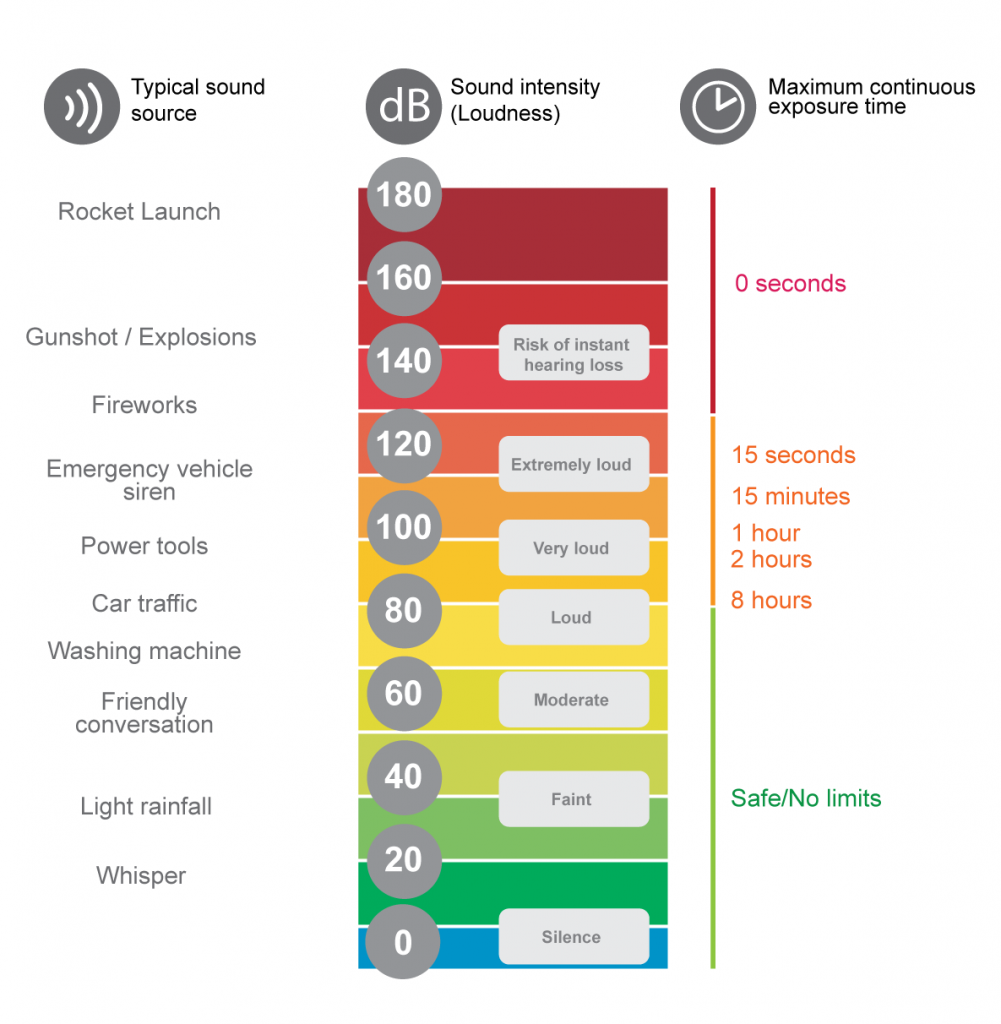Austin’s Meter
I am finishing the production design of my headphone amplifier called the Black AMP. All the test-listening is finished although evaluation units have not had meters or level lights. I decided to add meters for customer interaction, but only if it did something; that is presenting useful information to you and me.
I thought this over good and hard. The simple answer is to employ the venerable pro audio ‘VU’ meter, but this didn’t seem right. Finally, I turned to my muse, Austin, our road runner mascot who lives in the empty lot next to my office. I asked him (or her, I never really know), they bobbed, looked at me like I was daft, and ran off after a gecko. Yes, thank you Austin for reminding me to just get to it and do the right thing. The right thing is truth, not BS.
In the late 1930s, the Volume Unit (VU) meter was originally designed by CBS, NBC, and Bell Labs. It was then called the Standard Volume Indicator (SVI). Broadcasters, motion picture companies, and the telephone industry came together to establish a standard for measuring all audio signals.
The meter’s scale was calibrated in volume units, which is why it became known as the ‘VU’ meter. Austin made me ask “Is the ‘VU’ in HI-FI just BS after over 90 years, especially when the subject is headphones?” A VU, or Volume Unit, is technically defined as 2.8 volts RMS of audio signal across a 600 ohm-load, and is most definitely a pre-historic audio term. It has no real use in home audio systems. It worked great in the 1930s in telephone, radio, tape recording, and movie theater applications, and is still used in pro audio. But we live in the world of desktop audio…
Traditional VU Meter
Consider two things. First is that at 0 VU a typical contemporary headphone (100 ohm, 96dB/mW) is pumping out 115 dB SPL (Sound Pressure Level), which is about the level of a typical rock concert. The Audeze LCD-X that I usually use would be 129 dB SPL (!). That would make my ears bleed!

When you look at a World Health Organization table on hearing loss, signal levels and for how long one can see that prolonged listening would not be suggested at either of these SPLs at a ”0” VU reference level. 
Thus, the level ‘0 VU’ is almost meaningless at your desktop.
The second problem is that the meter format only has a 23 dB range, and your normal program signals are 40-50 dB below 0 VU. As a result, the meter shows little or no information in normal operation with only a slight bobble from the needle.
It’s time for a new metric! So what does Austin’s Meter do that is worthwhile?

Austin’s Meters
Austin’s Meter shows the presence of low and medium signal levels with over 60 dB of dynamic range, “0” dB is when you run out of power, thus it tells us how much louder it can get, that is how much headroom you have before clipping. Three kinds of real and useful information:
1 – Instant Diagnostics – Confirmation of the presence of low and moderate audio signal to the headphones providing confidence in your system’s operation.
2 – How loud that signal really is. After some listening you will begin to learn the relationship between the meter readings and how loud you can expect the headset to be. The expanded signal level metering puts it all into an experience-based perspective.
3 – How much headroom do you really have left? If you want to crank it up, when do you run out of power and start clipping the AMP. Where do you stand in the relationship of moving power from the amplifier to the headphones?. How close to edge am I?
Austin’s Meter passes the ‘reality check’ of audio electronic metrics so I am using in my amplifiers from now on.
And yes John, there really is a fat and as far as I can tell very happy Roadrunner living in the lot outside my office window.
Thanks, Barry & Austin.

